In an era when artificial intelligence (AI) is reshaping industries and redefining the technological frontier, few companies face as much pressure to innovate as Meta. Once renowned for its breakthroughs and expansive vision, Meta now finds itself at a critical juncture in the AI race. Recent delays in flagship projects, notably the much-anticipated “Behemoth” AI model and mixed reviews for Llama 4, have spurred CEO Mark Zuckerberg to undertake an unprecedented strategic pivot.
At the heart of this move lies the formation of an elite “A-Team” of AI specialists—a group poised to recalibrate Meta’s ambition toward achieving artificial general intelligence (AGI).
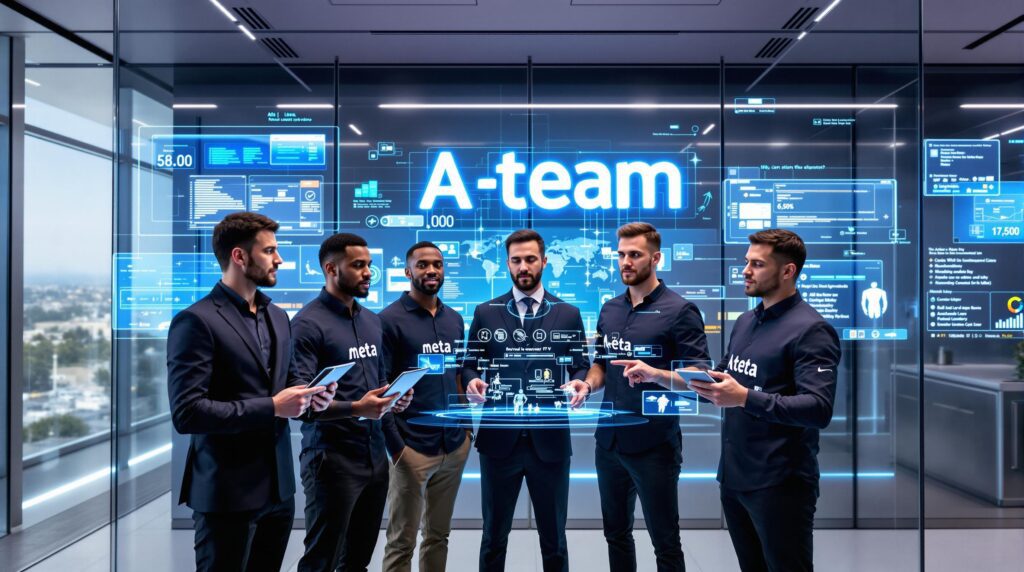
This article delves into the dynamics behind Meta’s renewed commitment to AI excellence. It examines the current competitive landscape, dissects the challenges that have stalled Meta’s progress, and provides an in-depth look at the carefully handpicked experts joining the ranks. As Meta recalibrates its approach to innovation, the synergy of visionary leadership and newfound expertise may well determine the company’s future place in the tech pantheon.
The Current AI Landscape and Meta’s Position
Artificial intelligence has emerged as both a transformative tool and a strategic asset in the modern digital economy. With breakthroughs in machine learning, natural language processing, and computer vision, companies around the globe are racing to harness AI’s potential. While Google, OpenAI, and Anthropic continue to make waves by pushing the limits of generative models and AGI prototypes, Meta—formerly known as Facebook—has faced significant headwinds in recent years.
Meta’s legacy in social media, virtual reality, and data-driven advertising once provided a strong foundation for innovation. However, as the industry’s focus shifted to more sophisticated AI applications, internal challenges became apparent. High-profile delays of pioneering models, such as the “Behemoth” and the underwhelming performance of Llama 4, have cast a shadow over Meta’s AI ambitions.
Numerous industry observers have noted that while competitors have accelerated research and development, Meta’s progress has been hampered by internal technical setbacks and evolving market expectations.
These challenges have not only affected Meta’s product roadmap but also its positioning in the broader technology ecosystem. The hesitation and performance issues around key AI projects have given rivals a competitive advantage, prompting a series of bold moves from other industry leaders. For instance, The Decoder recently detailed how delays in Meta’s AI initiatives signal deeper strategic struggles that need urgent attention.
Meta’s AI Journey: Achievements and Setbacks
Meta’s foray into the realm of AI was marked by early successes, notably with the pioneering Llama series of language models. Yet, as the complexity of AI tasks grew, so did the challenges. The excitement surrounding Meta’s ability to harness vast amounts of user data for training robust models gave way to growing skepticism as projects stalled.
The “Behemoth” model, heralded as a groundbreaking advancement in Meta’s AI portfolio, has experienced repeated delays. Initially slated for an April launch during Meta’s inaugural AI developer event, LlamaCon, its debut was postponed multiple times. Reports suggest that the engineering teams faced unexpected hurdles in refining the model’s architecture and ensuring its performance exceeded that of prior iterations. Despite internal assurances of significant progress, the market’s cautious reception only increased pressure on Meta’s executives to act swiftly and decisively.
Similarly, Llama 4, touted as a step-change in natural language understanding, received a lukewarm reception. Critics and industry veterans noted that, compared to its competitors, Llama 4 did not deliver the transformative improvements promised. The fact that 11 of the 14 co-authors of the original Llama paper left Meta further fueled concerns about the company’s ability to maintain its innovative edge. Such setbacks have been extensively chronicled by industry observers, including recent reports on The Decoder.
These issues culminated in a reassessment of Meta’s strategy, forcing a departure from previous methods in favor of a new, more aggressive approach spearheaded by Zuckerberg himself.

Assembling the “A-Team”: A Strategic Pivot
Mark Zuckerberg’s decision to form an elite AI “A-Team” represents a dramatic pivot in Meta’s strategic roadmap. Recognizing that incremental upgrades no longer suffice in the world of rapidly advancing AI, Zuckerberg has opted to pull together a cadre of the world’s top experts in the field. The rationale is clear: to leapfrog competitors not through marginal advances but via transformative breakthroughs that could lead to artificial general intelligence—a stage where AI systems match or even exceed human cognitive capabilities.
This initiative is marked by its ambition and scale. The recruitment drive, reportedly involving compensation packages in the high seven- to nine-figure range, signals Meta’s determination to leave no stone unturned. Zuckerberg’s personal involvement in the selection process—hosting meetings and discussions at his homes in Lake Tahoe and Palo Alto—underscores the level of commitment being invested. The formation of this exclusive team is not just about patching current deficiencies; it is about redefining Meta’s future in a world where AI capabilities will dictate competitive advantage.
Several sources, including detailed pieces on The Decoder, have emphasized that this is a race against time. Meta’s recent setbacks have created a window of vulnerability, one that competitors may exploit unless there is a marked and rapid improvement in the company’s research efforts.
The Elite A-Team: Profiles of the New Recruits
At the core of Meta’s renewed AI initiative is the deliberate recruitment of individuals with outstanding legacies in machine learning, deep learning, and large-scale systems deployment. The team’s composition reflects a blend of seasoned veterans and visionary entrepreneurs whose combined expertise is hoped to fill the gaps left by previous missteps.
Alexandr Wang and the Data Infrastructure Revolution
One of the marquee hires in this initiative is Alexandr Wang, the founder and CEO of Scale AI. Wang’s company has been instrumental in providing the backbone for many high-profile AI projects across the industry. Scale AI specializes in data labeling and the creation of robust training datasets—a crucial ingredient in developing any sophisticated AI model. Wang’s experience in scaling AI operations is expected to tackle one of Meta’s persistent challenges: ensuring that vast quantities of data are converted into actionable and efficient training inputs.
Wang’s recruitment is particularly significant given his track record of driving AI innovation at companies such as OpenAI and Microsoft. With his expertise, Meta is well-positioned to bridge the gap between its ambitious projects and scalable execution. More details on his involvement and background can be found in recent coverage from Bloomberg.
Yann LeCun: The Visionary Force Within
While Meta’s commitment to change is evident in its external hires, it also relies on internal luminaries. Yann LeCun, the company’s Chief AI Scientist and a Turing Award-winning researcher, remains a pillar of Meta’s AI endeavors. LeCun’s longstanding contributions to neural networks and deep learning have been widely recognized in both academic and industrial circles. Despite pressures and setbacks, his continued influence remains a stabilizing force in Meta’s evolving strategy.
LeCun’s expertise, particularly in the design of algorithms that underlie complex pattern recognition systems, is integral to developing AGI. By mentoring the new recruits and driving internal research initiatives, LeCun is expected to play a central role in transforming Meta’s research culture. His dual role as both a visionary and a bridge between legacy systems and modern AI practices is critical in realigning Meta’s goals for the future.
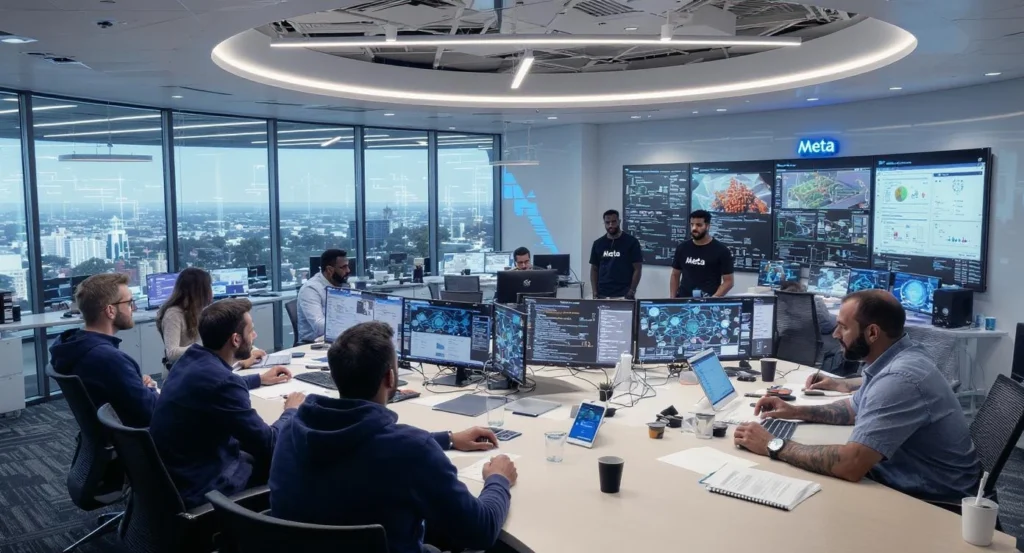
Additional Top Talent: Industry Pioneers and Seasoned Researchers
Beyond high-profile names like Wang and LeCun, Meta’s A-Team includes several experts who were previously key players at leading AI institutions such as Google and OpenAI. These individuals bring diverse expertise in areas that range from natural language processing and computer vision to reinforcement learning and ethical AI development.
Although specific names for some of these recruits remain under wraps, reputable sources indicate that the new hires have been chosen for their proven track records in overcoming complex algorithmic challenges and scaling AI applications for commercial use.
This influx of talent not only complements Meta’s technical prowess but also serves to reinvigorate the company’s culture of innovation. With each expert bringing unique insights from their previous experiences, the collective brain trust is expected to drive forward both incremental improvements and paradigm-shifting breakthroughs.
Shifting Gears: Meta’s Internal Cultural and Strategic Realignment
The formation of the AI A-Team is more than a mere talent acquisition strategy; it represents a fundamental shift in Meta’s internal culture and strategic priorities. For years, Meta’s approach to AI was characterized by a relatively decentralized research model, where individual teams operated largely independently. However, the rapid evolution of the AI landscape demands a more unified and strategic approach.
A Streamlined Leadership Vision
Under the renewed direction signaled by Zuckerberg’s direct involvement, Meta’s leadership has embraced an integrated vision where long-term research objectives and immediate product development are aligned more closely. This new model is designed to foster collaboration between AI researchers and product engineers, ensuring that breakthroughs in the lab translate rapidly into enhanced features across Meta’s suite of applications, including Facebook, Instagram, and WhatsApp.
The reorganization includes the establishment of specialized AI research hubs within Meta. These hubs are not merely administrative units but are envisioned as incubators for innovation, where ideas can be rapidly prototyped, tested, and iterated upon. The goal is to reduce bureaucratic delays and allow the new A-Team to function with the speed and agility that groundbreaking AI research demands.
Resource Allocation and Strategic Investment
Alongside managerial restructuring, significant resource allocation changes are underway. Meta has recently announced a substantial increase in investment dedicated to its AI initiatives—a move that underscores its commitment to regaining a competitive edge. This funding not only supports the recruitment of new talent but also facilitates the acquisition of advanced computing resources, cloud infrastructure, and data storage solutions pivotal for training next-generation AI models.
These investments are reflective of Meta’s broader strategy to pivot from short-term fixes to a more sustainable, long-term vision of technological leadership. By bolstering its research infrastructure and incentivizing innovation, Meta aims to overcome the technical and organizational hurdles that have plagued its recent projects.
Cultural Overhaul and Innovation Incentives
In tandem with structural and financial shifts, Meta is fostering a cultural overhaul aimed at encouraging creativity and cross-disciplinary collaboration. Previously, silos between research and engineering often inhibited the flow of ideas. Today, Meta is prioritizing transparency, open communication, and a more meritocratic approach to idea generation—a change that is already showing promise.
The reformed environment is designed to attract not just top talent but also the kind of entrepreneurial spirit that leads to disruptive innovations. The integration of insights from diverse fields such as ethics, social dynamics, and emerging AI policies ensures that Meta’s proprietary technology does not evolve in isolation but is informed by a holistic view of AI’s societal implications.
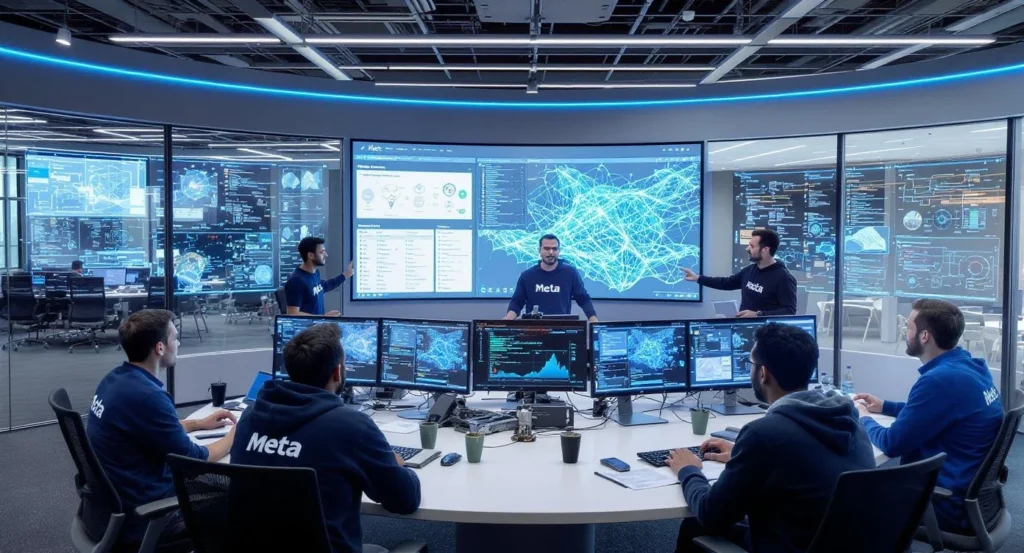
Navigating Competitive Turbulence: Lessons from the Industry
Meta’s renewed initiative emerges against a backdrop of cutthroat competition in the global AI arena. With companies like OpenAI and Google advancing rapidly, the stakes for achieving AGI have never been higher. Each competitor brings unique strengths to the table—OpenAI is celebrated for its robust language models, while Google leverages its massive data assets and research expertise across multiple domains.
The aggressive investments and strategic pivots by these companies have served as a wake-up call for Meta. Industry analysts argue that Meta’s historical focus on connectivity and social engagement must now converge with its technological ambitions in AI. As one recent report on The Decoder suggests, delays in Meta’s flagship projects have provided competitors with the opportunity to cement their leadership in key AI applications.
Moreover, the intense regulatory scrutiny facing AI developments globally has added another layer of complexity. Companies are tasked not only with achieving technical breakthroughs but also with navigating ethical and regulatory challenges. In this context, Meta’s decision to form a dedicated group of experts reflects the dual need to accelerate innovation while ensuring that new developments are responsible and compliant with emerging global standards.
Future Outlook: Risks, Opportunities, and the Road Ahead
Looking forward, the formation of Meta’s elite A-Team marks a decisive turning point. However, the road to AGI is fraught with both tremendous opportunities and considerable risks. The next several years will test Meta’s ability to integrate diverse research efforts, overcome organizational inertia, and meet lofty technological goals.
The Opportunity of AGI
The promise of AGI extends far beyond incremental improvements in device performance or social media algorithms. AGI—if achieved—could revolutionize sectors ranging from healthcare and transportation to education and finance. For Meta, successfully integrating AGI into its ecosystem could mean the development of entirely new product categories, enhanced user experiences, and fundamentally transformed methods of data analysis and communication. There is a palpable sense that if Meta can crack the code of AGI, it could not only reclaim lost ground but also set new standards for technological innovation worldwide.
Navigating the Risks
Yet, the path to AGI is laden with challenges. The history of AI research is replete with ambitious projects that have fallen short of their promises. Technical obstacles such as algorithmic bias, data privacy concerns, and the sheer computational power required to train state-of-the-art models are significant hurdles. Furthermore, the public and regulatory backlash facing AI, particularly with respect to ethical considerations, adds an additional layer of complexity.
Meta’s past struggles with projects like Behemoth and Llama 4 have already provided a stark reminder of these risks. The delay in releasing these models, coupled with internal disagreements and talent turnover, underscore that technical prowess alone is insufficient. What is required is a harmonious blend of vision, execution, and cultural transformation—a formula that Meta is now attempting to crystallize through its new A-Team.
Industry Impact and Broader Implications
Meta’s aggressive repositioning in the AI space is likely to have ripple effects throughout the entire tech ecosystem. Other companies may find themselves pressured to accelerate their own innovation cycles, and industry standards may shift as a result of the renewed focus on AGI. Additionally, the ethical and social implications of advanced AI systems will provoke broader public policy debates, in which Meta’s actions will be closely scrutinized.
By positioning itself as both a pioneer and a cautious steward of new technologies, Meta is sending a clear message to investors, regulators, and competitors alike. The company’s efforts to integrate best practices from both industry and academia could serve as a blueprint for responsible AI development—provided that its ambitious plans come to fruition.
Conclusion
Meta’s journey from a social media powerhouse to a key contender in the global AI race has been anything but linear. Decades of innovation, punctuated by recent setbacks and internal challenges, have culminated in what may well be the company’s most audacious pivot: the formation of an elite AI A-Team led by none other than Mark Zuckerberg himself. The consolidation of top industry talent—from the entrepreneurial insights of Alexandr Wang to the visionary guidance of Yann LeCun—represents Meta’s bet that transformative change is possible, even in the face of formidable competitive pressures.
This new chapter in Meta’s history is emblematic of a broader truth in the world of technology: standing still is not an option. As competitors accelerate their pace and the promise of AGI grows ever closer, Meta’s bold move to reconfigure its internal culture and strategic vision may ultimately determine its future. While challenges remain—ranging from technical hurdles and ethical quandaries to fierce rivalry—the stakes are clear. Success in this high-stakes environment could redefine not just Meta, but the entire landscape of artificial intelligence.
For readers interested in staying updated on this transformative initiative, further details and analysis can be found in the latest pieces on The Decoder and related industry reports emerging in real time. As Meta embarks on the quest for AGI, all eyes will be on the A-Team and the bold vision that drives it forward—a vision that promises to reshape the future of technology for years to come.


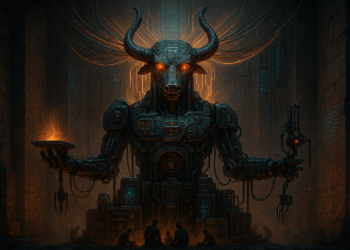
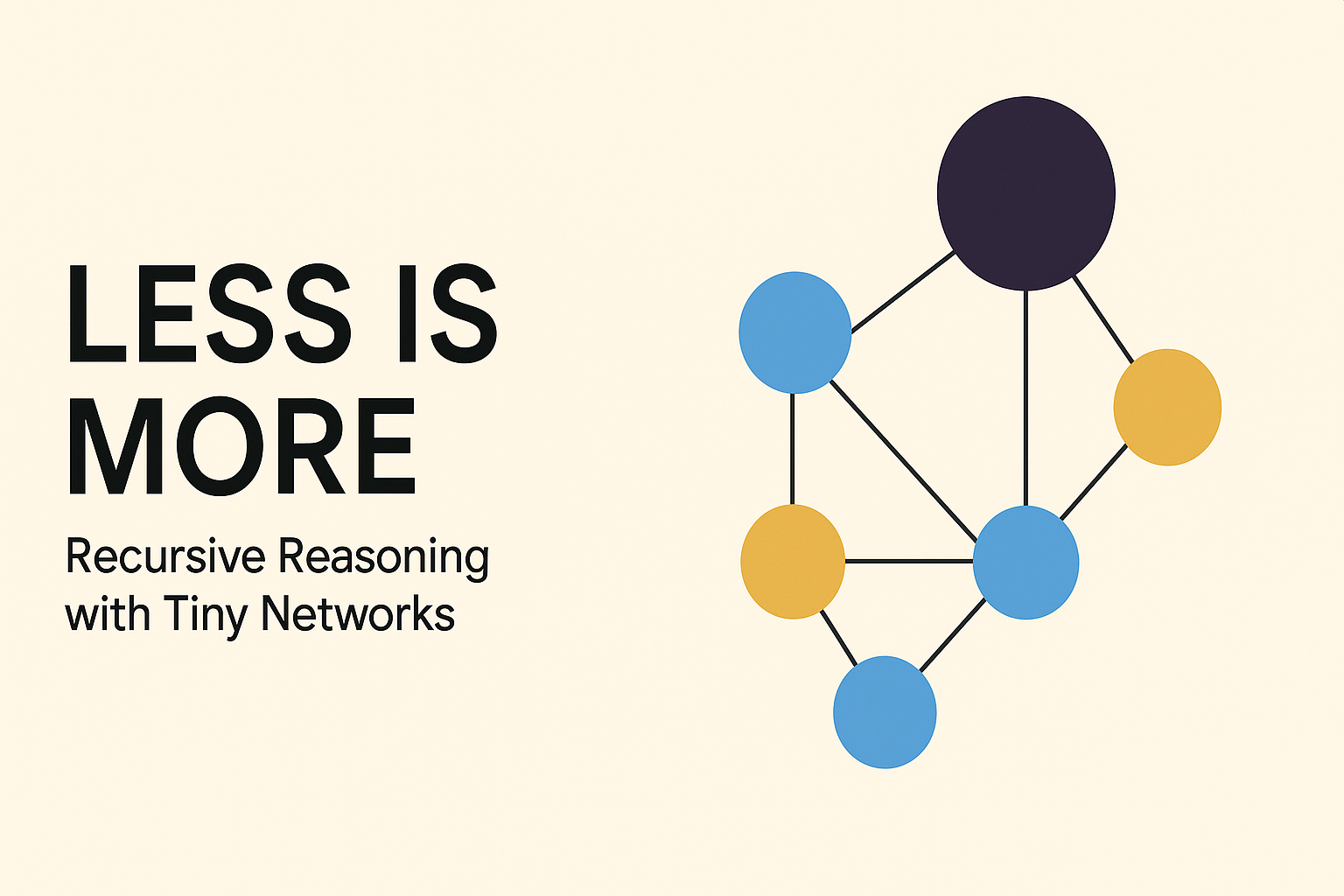
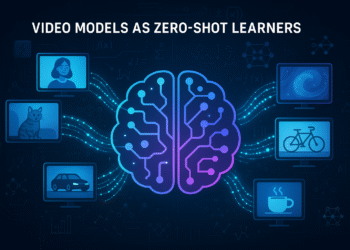






Comments 1